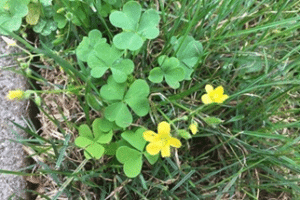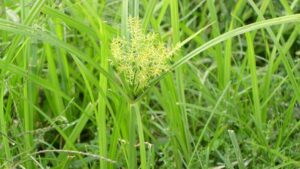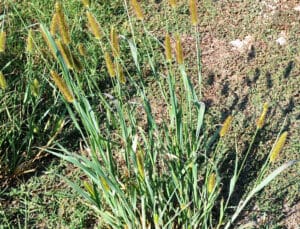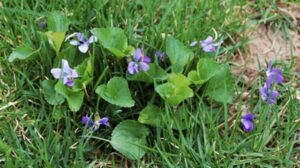Berberis thunbergia “admiration’’
When it comes to the Admiration Barberry, months of color (from spring to fall) is just a click away. In fact, the Admiration lives up to its name, with hues of neon yellow, deep red, and vivid green, all ready to delight with multiple transitions of rich, saturated tones that last for months.
And it’s compact, perfect for colorful borders or tight corners that need an extra pop. No matter where you plant your Admiration Barberry, you get big color…from small entryway containers to flower beds and beyond.
Plus, it stands up to drought and pesky deer with ease. Resisting tough conditions, rust, rabbits, and more, the Admiration Barberry keeps on growing without guesswork or fuss from you.
Planting
Dig a hole large enough to accommodate your Admiration’s root ball, backfill the soil and water to settle the roots. Generally, the Crimson Pygmy prefers well-drained soil and full to partial sun (4 to 6 hours of sunlight).
Watering
Let your soil dry to the touch down to about 2 inches in between waterings. Once your soil is dry, give your Admiration Barberry a deep watering at the base.
Fertilizing
Fertilize your Barberry at the beginning of every spring with a well-balanced blend and follow label instructions for best results.
Pruning
| Growing Information | |
| Mature Height: | 1-2 ft |
| Mature Width: | 1-2 ft |
| Sunlight: | Full to Partial Sun |
| Bloom Time: | xx |
| Growth Rate: | Moderate |
| Grows Well in Zones: | 4-9 |
| Your Growing Zone: | 6 |





